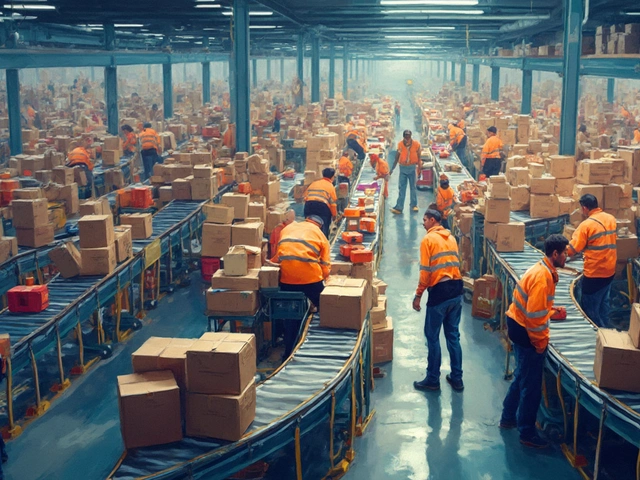Transport Network Guide for Everyday Logistics
If you’ve ever wondered why your package arrives on time, the answer lies in the transport network behind it. A solid network links trucks, vans, trains, and planes so every item moves from point A to B without a hitch. In this guide we’ll break down what makes a transport network tick and how you can make yours work harder for you.
Why transport networks matter
A transport network is more than just roads and routes. It’s the plan that decides which hub stores your goods, which carrier picks them up, and how they get to the final door. When the network is well‑designed, you save time, cut costs, and keep customers happy. For example, a local removal company that knows the fastest way around town can finish a move in half the time of a competitor who guesses routes.
Technology plays a huge role. Real‑time tracking lets you see where a truck is, while routing software avoids traffic jams. These tools also help you balance load across several vehicles, preventing one driver from being overloaded while another sits idle.
Making your transport network more efficient
Start by mapping your most common routes. Use a simple spreadsheet or a free mapping app to note distances, typical travel times, and any recurring roadworks. Once you have that data, look for shortcuts or alternative roads that shave minutes off each trip.
Next, group deliveries by area. If you have ten packages headed to the same suburb, load them onto one van instead of splitting them across several drivers. This “batching” reduces fuel use and cuts down on mileage.Invest in a basic transport management system (TMS). Even a low‑cost cloud solution can automate scheduling, send automated SMS updates to customers, and alert you when a driver deviates from the planned route.
Don’t forget maintenance. A well‑maintained vehicle is less likely to break down, which could throw a whole day's schedule off track. Set a regular check‑up calendar and stick to it.
Finally, keep communication open with drivers. A quick call to confirm road conditions or a sudden weather alert can save hours of delay. When drivers feel heard, they’re more likely to follow the plan and suggest improvements.
In short, a strong transport network blends good planning, the right tech, and clear communication. Whether you run a small removal service or manage a fleet for a large retailer, these steps can make your deliveries faster, cheaper, and more reliable. Start mapping, group wisely, use a TMS, stay on top of maintenance, and talk to your drivers—your transport network will thank you.
June 17, 2025
Evelyn Wescott
0 Comments
Uber is known for rides, but is it a true logistics company? This article breaks down how Uber fits into the logistics world, what sets it apart, and how its food and freight services play into the bigger picture. We'll look at Uber's gig-based model, its mix of tech and actual deliveries, and why some experts argue over its role in logistics. Get tips and facts on what makes a company 'logistics-focused' and see if Uber qualifies.




